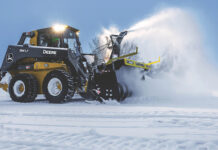Late one recent afternoon, seeing the showroom empty of customers, I sauntered into a Verizon retail store near my home. I had a few questions about the phone’s functions. I didn’t plan on being in the store more than 15 minutes, hopefully less.
About 90 minutes later, I emerged from the storefront to face the sun dipping below the horizon—and with a new Samsung, a bag full of accessories, a new plan and a renewed determination to use my smartphone to a much fuller advantage.
My few simple queries had seamlessly morphed into a lengthy discussion with the store manager who enthusiastically acquainted me with my newer smartphone, while also demonstrating many of its incredible features I can use in in my work and in my life.
What caused my newfound excitement with something I had been carrying in my back pocket the past three years but not using it to its full advantage?
The answer: A single question I offhandedly asked a vendor at the recent GIE+EXPO reignited my interest in my smartphone.
During the course of a 20-minute chat with Mark Bradley, CEO of both TBG Landscape and LMN (Landscape Management Network), I asked what he saw as the biggest change in the landscape/snow management industry during his 18 years in the industry.
Unhesitatingly, Bradley responded, “Smartphones.”
Bradley’s immediate one-word response caught me off guard. After all, we were surrounded by acres of shiny, powerful, cutting-edge landscape and snow equipment.
Walking away from the booth, and after LMN COO Mike Lysecky gave me a hands-on demonstration of the many features of his firm’s cloud-based systems software, I found myself noodling and appreciating Bradley’s response.
Indeed, what other single “tool” has had a greater positive impact on route service businesses than smartphones capable of providing incredible and valuable amounts of information and data in real time?
The caveat for business owners, of course, is to use the smartphone’s time- and labor-saving features within the context of their companies’ systems.
Many companies use some of the features of their smartphones, but have yet to integrate them into their comprehensive business management plans, said Bradley.
“Contractors have GPS systems in their trucks, they have phones, they have computers and they may have five or six different pieces of software,” said Bradley. “We bring all of those products under one roof. That’s what most people are looking for.”
LMN is one of many software providers to the green industry. And, like many of the others, the software was first developed to aid a particular company, in this case Bradley’s TBG Landscape Professionals, a multi-million dollar, full-service, Toronto-area landscape company. About 3,000 people now use LMN’s cloud-based software systems.
The point of this column is not to promote LMN over any other software company serving the industry. Instead, the intent is to shine a light on the incredible utility of smartphones to keep everyone within your company aware of:
- what they should be doing,
- where they should be doing it,
- when they should be doing it,
- how they should be doing it,
- all in real time.
“It’s a lot better than sending people out each morning with a roll of quarters to call in a couple of times a day to make sure things are running smoothly,” commented Bradley, referencing the awesome power of smartphones coupled with equally smart business systems.






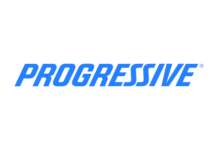

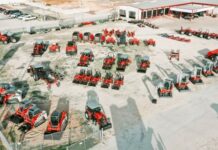




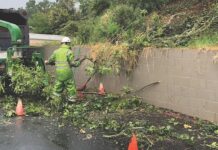
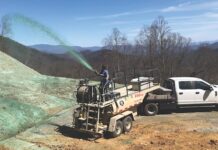

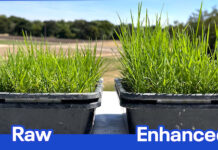



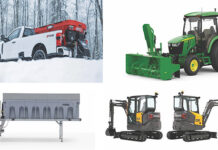
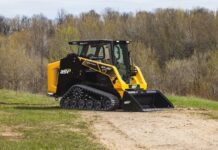
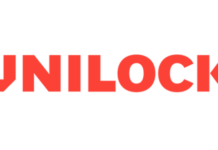





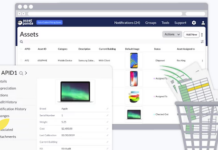


![[VIDEO] Dickies®: Discover Workwear That’s Anything But Uniform](https://turfmagazine.kinsta.cloud/wp-content/uploads/2023/06/1647663814-4b1a2a7742790a9b1e97a3b963477850192e1d6a9dfba9b07214a77bae25d6e3-d-324x160.jpg)


